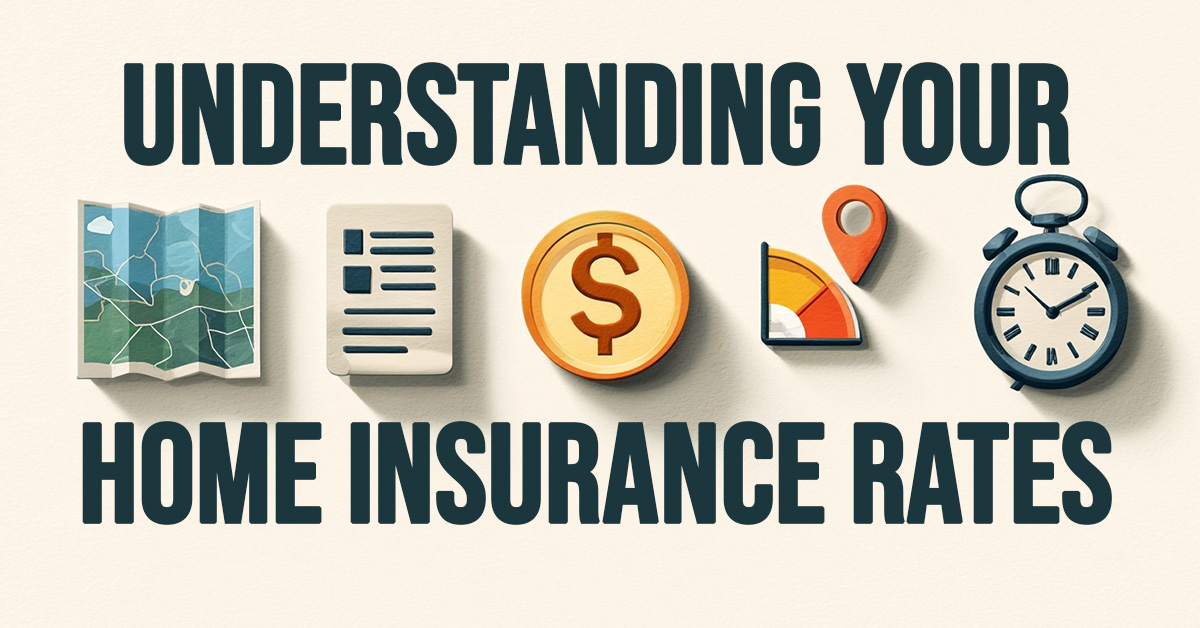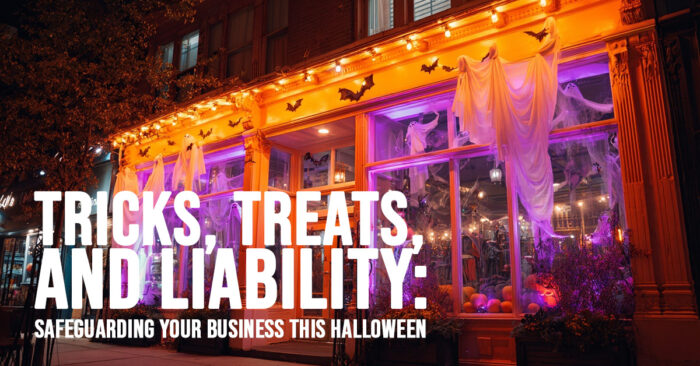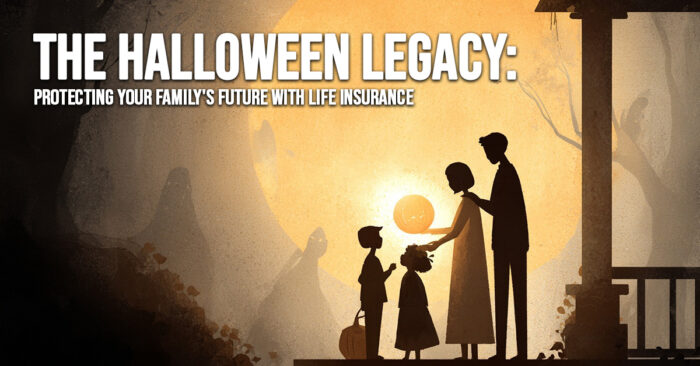Understanding Your Home Insurance Rates: 5 Key Factors

Understanding Your Home Insurance Rates: 5 Key Factors
If you’ve ever compared notes with a friend or family member, you might have wondered why their home insurance costs less than yours. The reality is that home insurance rates are not a one-size-fits-all calculation. They are determined by a variety of factors, and the weight an insurance company places on each can be different. Understanding these five key factors can help demystify your premium and empower you to make more informed decisions about your coverage.
First, property location is a major driver of your home insurance rates. This isn’t just about the city or neighborhood; it also includes the specific terrain and the property’s risk of natural disasters like wildfires, floods, or hurricanes. The proximity of the nearest fire department and even fire hydrants can also impact your rates, as a faster response time can mitigate a covered loss.
Second, the price, value, and replacement costs of your home play a large role. The higher the value of your home and the more it would cost to rebuild it in the event of a total loss, the higher your premiums will be. This value is determined by factors like the square footage, the quality of building materials, unique features, and amenities.
Third, your coverage limits directly impact your premium. Generally speaking, the higher your coverage limits—for the structure, the contents of your home, and your personal liability—the more your policy will cost. An independent insurance agent can be a great resource here, helping you determine a reasonable and sufficient amount of coverage for your specific situation.
Fourth, the deductible you choose plays a significant role. Your deductible is the amount of money you pay out-of-pocket for a covered loss before your insurance policy kicks in. The larger your deductible, the lower your premiums may be. This is because you are taking on a greater portion of the financial risk.
Finally, the age and condition of your home are important considerations. As building techniques and codes have improved over time, new homes are generally safer and cheaper to insure than older ones. Vintage homes may have outdated plumbing, old wiring, or roofs that are nearing the end of their lifespan, all of which present a higher risk of a claim. In some cases, an older property may even be uninsurable until basic improvements are made to bring it up to current standards.
While all insurance companies use these factors, they may place different emphasis on each, which is why it’s so important to compare policies when you shop for home insurance. Our independent insurance agents can assist you with this process. We can reach out to a network of companies to find the coverage and premium that you are comfortable with. Contact us today to get started on your free, no-obligation quote.
Do you have questions about your insurance? Find an insurance agent near you with our Agent Finder
Search All Blogs
Search All Blogs
Read More Blogs
The Mindful Traveler: Finding Peace in a World on the Move
Want a more meaningful vacation? Discover the new trend of mindful travel and how to find peace on your next trip.
From the Cloud to the Coffee Shop: Insuring Your Business for a Hybrid 2026
Cyber threats and remote work are changing business insurance. Here’s what you need to protect your company in 2026.
Your Legacy, Your Way: Life Insurance as a Living Financial Tool for 2026
Life insurance is evolving. Learn how new policies are becoming flexible financial tools to help you build wealth and plan for the future.
The AI Driver: How Technology is Redefining Auto Insurance for 2026
New cars are changing auto insurance. This guide explains how AI, ADAS, and EVs are affecting your premiums in 2026.
The New Normal: Home Insurance in a Climate-Conscious 2026
Navigating home insurance in 2026? This guide covers new trends, climate risks, and smart ways to save on your policy.
From Ghoulish Gumbo to Spiced Cider: 5 Halloween-Themed Recipes to Try
A guide to 5 delicious and creative Halloween-themed recipes.
Tricks, Treats, and Liability: Safeguarding Your Business This Halloween
A guide for business owners to navigate Halloween risks and insurance.
The Halloween Legacy: Protecting Your Family’s Future with Life Insurance
A thoughtful guide to life insurance as a legacy for your family.
Don’t Get Spooked: Navigating Halloween Night with Your Auto Insurance
A guide to safe driving and auto insurance on Halloween night.
Beyond the Goblins: Protecting Your Home from Halloween Night Risks
A guide to protecting your home and managing liability risks on Halloween night.









